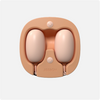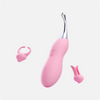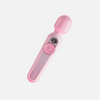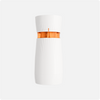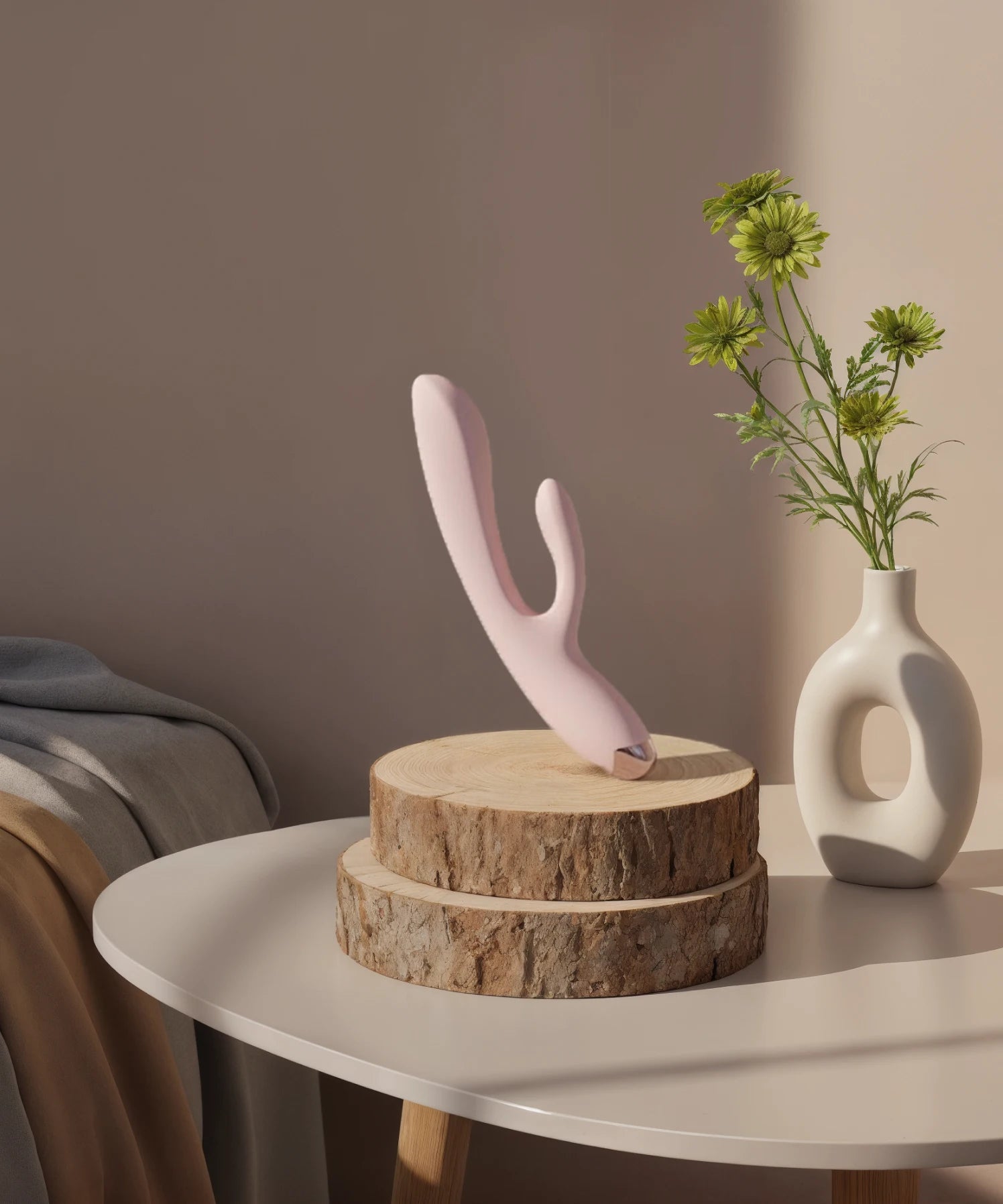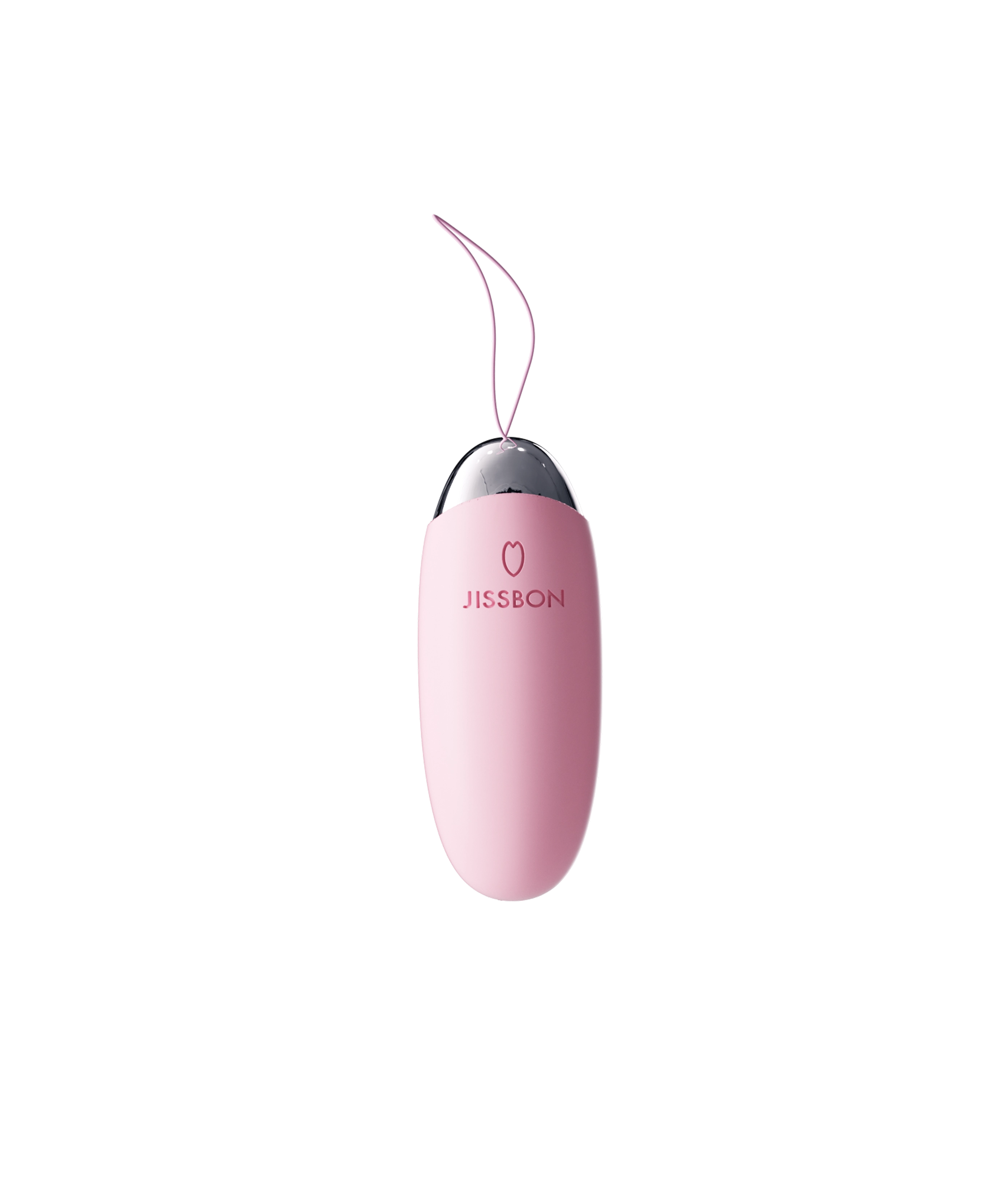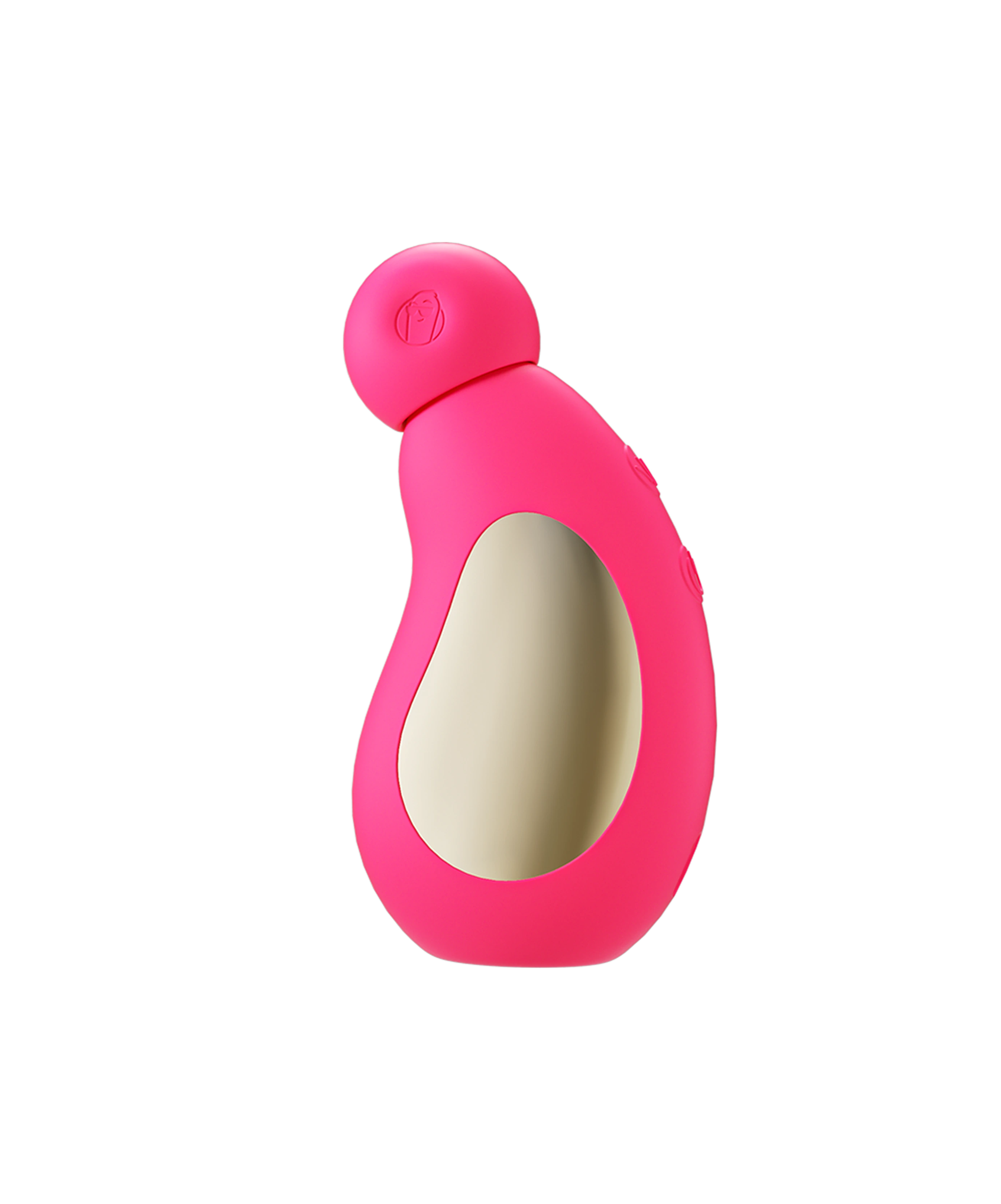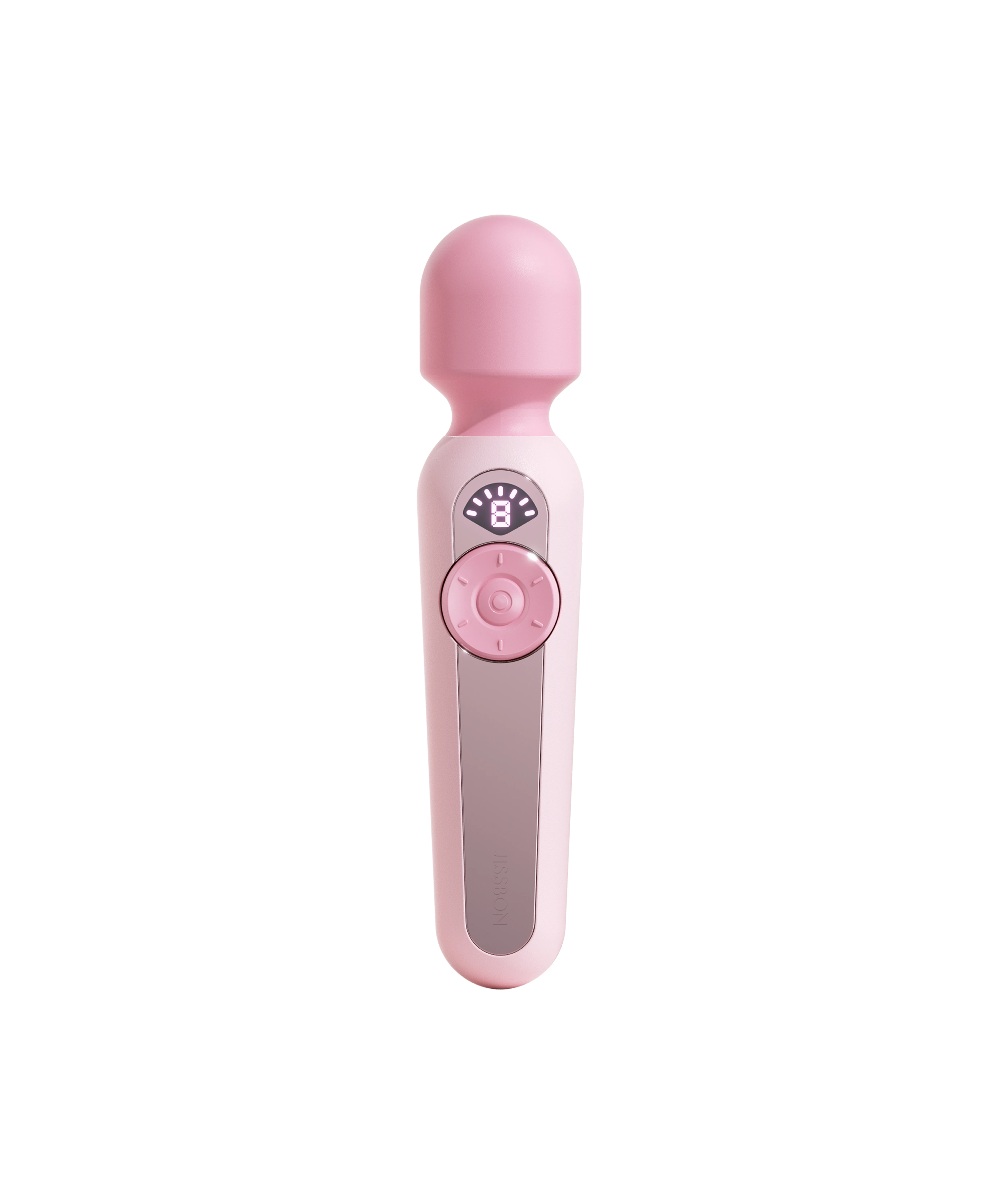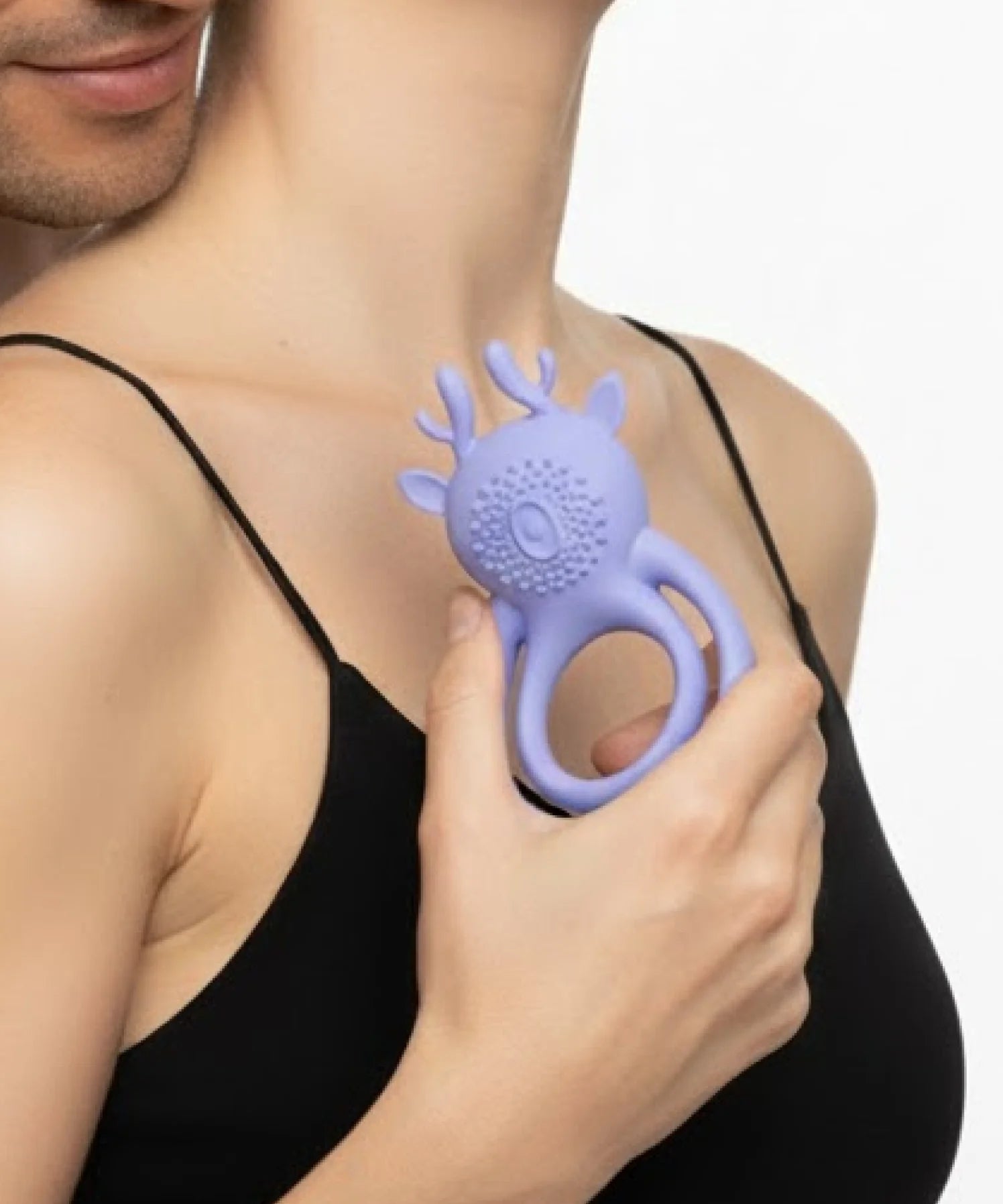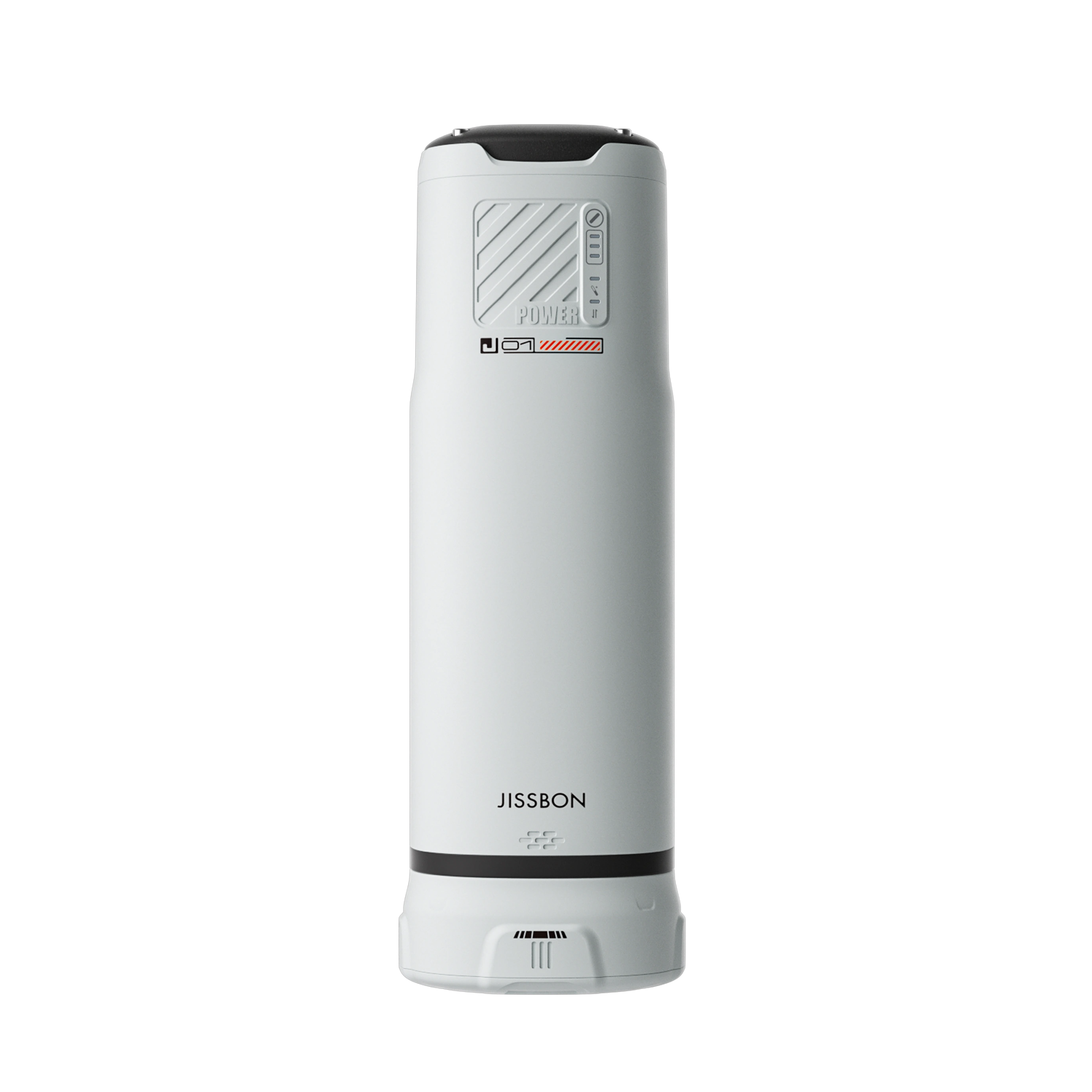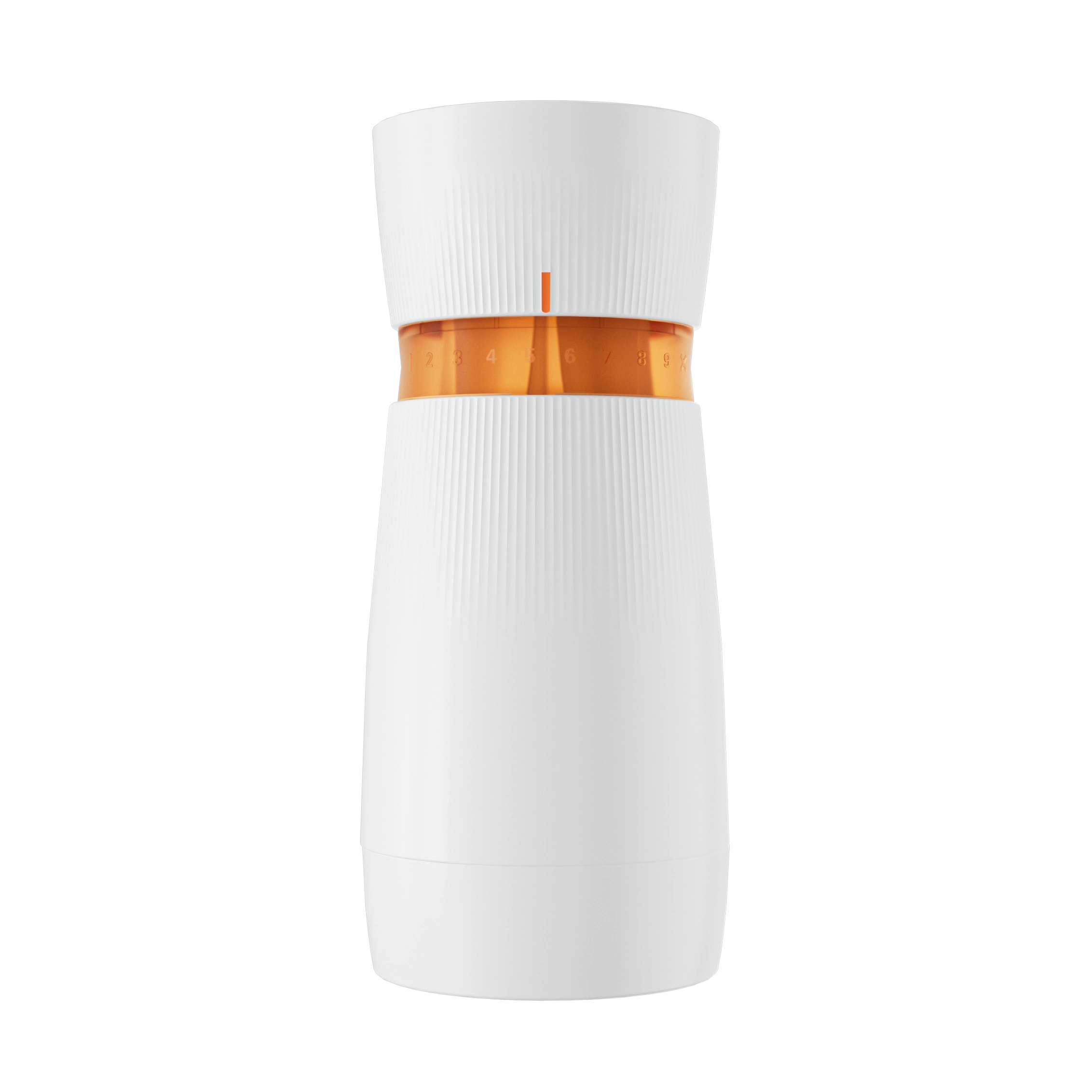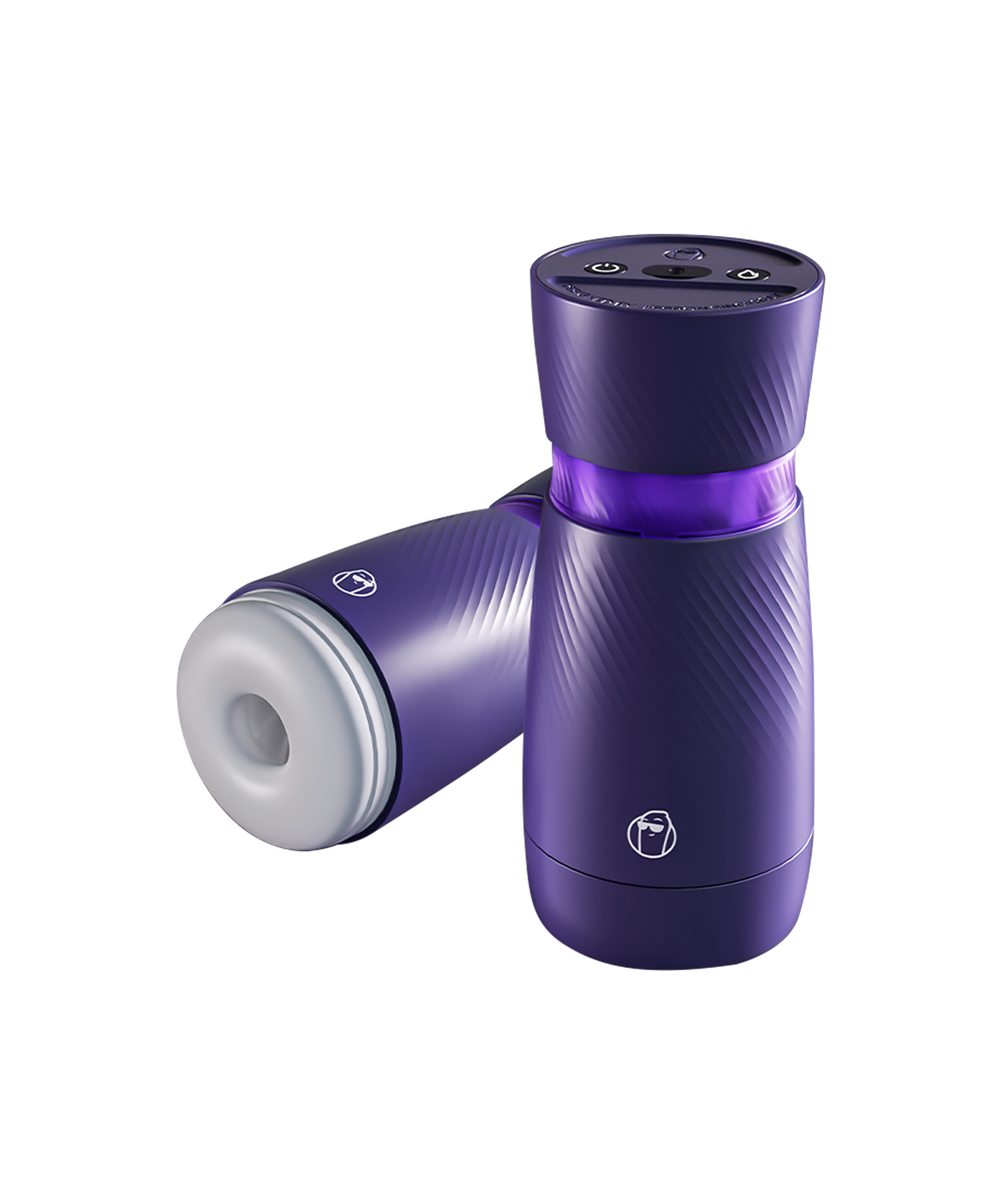Curious about BDSM but feeling nervous or confused? You're not alone. BDSM might sound intense or scary, but at its heart, it's really about trust, communication, and exploring pleasure in new ways.
This beginner-friendly guide explains what BDSM actually is, how to know if it's right for you, and simple steps to start exploring safely with your partner.
What You'll Learn
This guide explains what BDSM means in simple terms, how to know if you'd enjoy it, essential safety rules everyone must follow, easy beginner activities to try first, how to talk about it with your partner, and common mistakes to avoid.
Bottom line: BDSM is about consent, trust, and communication—not just pain or being "kinky."
What Is BDSM? Simple Explanation
Breaking Down the Letters
BDSM stands for:
- B = Bondage (tying someone up)
- D = Discipline (rules and punishments)
- D = Dominance (one person in control)
- S = Submission (giving up control)
- S = Sadism (enjoying giving sensation/pain)
- M = Masochism (enjoying receiving sensation/pain)
Don't panic! You don't have to do all of these things. Most people only enjoy a few elements.
Learn about sexual exploration and different practices.

What BDSM Actually Means
Simple definition:
BDSM is when people explore power dynamics, control, and sensation during sexual or intimate activities. One person might take charge (dominant) while the other lets go of control (submissive). Or people switch roles.
What it's NOT:
|
Common Myth |
Reality |
|
"It's all about pain" |
Most BDSM focuses on trust and control, not pain |
|
"It's abusive" |
Real BDSM requires consent from everyone involved |
|
"Only weird people do it" |
Studies show 1 in 10 adults explore BDSM |
|
"It means you have problems" |
Research shows BDSM practitioners often have healthy relationships |
|
"It's always extreme" |
Most people start with simple things like blindfolds |
The truth: BDSM can be as simple as your partner tying your hands with a silk scarf during sex. It doesn't have to involve dungeons, leather, or anything extreme.
Why People Enjoy BDSM
Common reasons people explore BDSM:
Trust and connection - Giving control to someone requires deep trust, which creates intimacy
New sensations - Different types of touch, anticipation, and surprise feel exciting
Psychological excitement - The mental aspect (power exchange) can be incredibly arousing
Escape from daily life - Taking on a different role helps people relax and let go
Exploring identity - Discovering dominant or submissive sides of yourself
Spicing up sex life - Trying something new brings excitement back
Understanding healthy relationships includes exploring together.
Is BDSM Right for You?
Questions to Ask Yourself
Consider these honestly:
1. Why am I interested?
- Because it genuinely excites me?
- To please my partner (even though I'm not interested)?
- Because I think I "should" be more adventurous?
Best answer: You're genuinely curious and excited (not pressured).
2. Can I communicate openly?
- Can I talk about sex without extreme embarrassment?
- Can I tell my partner when something feels wrong?
- Can I discuss boundaries and limits?
Best answer: Yes, or you're willing to learn these skills.
3. Do I trust my partner?
- Do they respect my boundaries in other areas?
- Have they shown they care about my comfort?
- Do they listen when I say no?
Best answer: Yes, I trust them completely.
4. What interests me specifically?
- Being in control or giving up control?
- Trying light bondage like handcuffs?
- Exploring sensations like blindfolds or ice?
- Playing with power dynamics?
Best answer: You have some idea of what sounds appealing.

Signs BDSM Might Be For You
You might enjoy BDSM if:
- You've always been curious about power play in the bedroom
- You enjoy the mental aspect of sex as much as the physical
- You like the idea of completely trusting your partner
- You're turned on by anticipation and not knowing what comes next
- You enjoy role-playing or fantasy scenarios
- You like experimenting with new things in general
- You communicate well with your partner about intimate topics
Signs to Wait or Reconsider
Hold off on BDSM if:
- Your relationship has serious problems - BDSM won't fix underlying issues
- You feel pressured - Your partner is pushing you when you're not interested
- You can't communicate well - BDSM requires excellent communication
- You don't fully trust your partner - Trust is absolutely essential
- You're hoping it will "save" your sex life - Address basic issues first
- You have unresolved trauma - Talk to a therapist first about whether this is healthy for you
- You're going through major stress - Wait until life is more stable
Explore sexual health resources for guidance.
The Golden Rules of BDSM
Rule #1: Consent is EVERYTHING
What consent means:
Everyone involved enthusiastically agrees to everything that happens. "Yes" should be clear, excited, and without pressure.
Consent must be:
- Freely given - No pressure, manipulation, or coercion
- Informed - Everyone knows what they're agreeing to
- Enthusiastic - "Yes!" not "I guess" or "okay fine"
- Reversible - Anyone can change their mind anytime
- Specific - Saying yes to one thing doesn't mean yes to everything
Remember: You can stop anytime for any reason. "No" or "stop" must be respected immediately.
Rule #2: Safe Words Are Required
What is a safe word?
A word you agree on beforehand that means "STOP everything right now."
Popular safe word system:
|
Word |
Meaning |
|
RED |
Stop immediately - something's wrong |
|
YELLOW |
Slow down - check in with me |
|
GREEN |
Everything's good - keep going |
Why not just say "stop" or "no"?
Because in some BDSM scenes, saying "no" or "stop" might be part of the role-play. The safe word is different—it's ALWAYS real.
Example safe words:
- Pineapple
- Banana
- Mercy
- Red/Yellow/Green (traffic light system)
For situations where talking is difficult (like if someone is gagged), agree on a non-verbal signal like:
- Snapping fingers three times
- Dropping a specific object
- Humming a specific pattern
Rule #3: Start Slow and Simple
The beginner rule:
Start with the simplest, easiest version of what you want to try. You can always add more intensity later.
Examples:
|
Advanced Activity |
Beginner Version |
|
Complex rope bondage |
Soft silk scarf on wrists |
|
Whips and paddles |
Light hand spanking |
|
Elaborate dungeon scene |
Simple role-play at home |
|
Intense pain play |
Light sensation play with ice |
|
Full power exchange |
Simple "follow my instructions" game |
Why this matters: Starting simple helps you learn what you like without overwhelming yourself or risking injury.
How to Talk About BDSM With Your Partner
Starting the Conversation
When to bring it up:
Choose a relaxed time when you're not in bed or about to have sex. Maybe during a calm evening at home, during a walk, or over coffee.
How to bring it up:
Option 1 - Direct: "I've been curious about trying something new in the bedroom. Have you ever thought about exploring BDSM or light bondage?"
Option 2 - Through media: "I saw this article about BDSM for beginners. It made me curious. What do you think about it?"
Option 3 - Gradual: "I've been thinking about ways to spice things up. Would you be open to exploring some new things together?"
What NOT to do:
- Spring it on them during sex
- Pressure them for an immediate answer
- Make them feel weird for being hesitant
- Act like they're boring if they're not interested
Browse relationship communication resources.
Creating Your "Menu" Together
The Yes/No/Maybe list:
This tool helps you discover what you're both interested in without pressure.
How it works:
- Each person separately goes through a list of activities
- Mark each activity as YES, NO, or MAYBE
- Compare your lists together
- Focus on activities where you both said YES or MAYBE
Example list format:
|
Activity |
Your Answer |
Partner's Answer |
|
Blindfolds |
YES |
YES |
|
Handcuffs |
MAYBE |
YES |
|
Spanking |
YES |
MAYBE |
|
Role-play |
YES |
NO |
|
Rope bondage |
NO |
NO |
What to do with results:
- Both YES - Great! Start here
- One YES, one MAYBE - Talk more about it, try gently
- One YES, one NO - Respect the NO, don't push
- Both NO - Off the table completely
You can find free Yes/No/Maybe lists online by searching "BDSM checklist" or "kink checklist."
Setting Boundaries and Limits
Hard limits = Things you will NEVER do under any circumstances
Soft limits = Things you're nervous about but might try eventually
No limits = Things you're excited to explore
Example boundary discussion:
Person A: "My hard limits are anything involving bodily fluids, extreme pain, or public play. I'm interested in trying light bondage and maybe blindfolds."
Person B: "My hard limits are anything that leaves marks that last more than a day, and degrading language. I'm interested in spanking and power play."
Together: "So we both want to try bondage and avoid extreme things. Let's start with soft restraints and go from there."
Easy BDSM Activities for Complete Beginners
Level 1: Super Simple Starting Points
These require almost no equipment:
1. Simple commands
One person gives gentle instructions, the other follows them.
Example:
- "Touch yourself here"
- "Don't move your hands"
- "Close your eyes"
- "Ask permission before you orgasm"
Why it works: Explores power dynamics without any gear or risk.
2. Sensation play
Using different textures and temperatures on skin.
What to use:
- Ice cubes
- Feathers
- Silk scarves
- Soft brush
- Your fingernails (gently)
How: Blindfold your partner and touch them with different items. The surprise and anticipation create excitement.
3. Light spanking
Using your hand only (no paddles or other tools yet).
How to do it safely:
- Start very gently (like patting)
- Spank the fleshiest part of the butt only
- Ask your partner to rate pain 1-5
- Build up slowly to their comfortable level
- Never go above what they say is okay
Avoid: Lower back, tailbone, kidneys, anywhere bony.
4. Pretend bondage
Asking your partner to act like their hands are tied without actually tying them.
How it works:
- "Put your hands above your head and don't move them"
- "Pretend your wrists are tied together"
- "If you move, there's a consequence" (like stopping pleasure for 30 seconds)
Why start here: Explores the feeling without any safety risks from actual restraints.
Level 2: Beginner Equipment
Once comfortable with Level 1, try these:
1. Blindfold
What it does: Removes sight, making other sensations more intense
Beginner option: Sleep mask, soft scarf, or dedicated blindfold
Why it's good for beginners: Very safe, easy to remove instantly, creates anticipation
2. Soft restraints
What they are: Comfortable cuffs for wrists or ankles
Beginner options:
- Velcro cuffs (can break free if needed)
- Soft fuzzy handcuffs
- Silk scarves loosely tied
NEVER use:
- Metal handcuffs without a key nearby
- Rope (until you learn proper techniques)
- Zip ties or anything that tightens
- Anything you can't get out of quickly
Safety rule: You must be able to release the person in under 5 seconds in an emergency.
3. Light impact toys
After mastering hand spanking:
Beginner-friendly options:
- Soft paddle
- Small flogger with many soft tails
- Riding crop (use very gently at first)
How to test: Hit your own inner forearm first to feel the intensity before using on your partner.
Explore beginner BDSM toys designed for safety.
Level 3: Role-Play Scenarios
Simple scenarios that incorporate power dynamics:
Teacher/Student
- One person "teaches" the other
- Gives instructions
- "Punishes" mistakes with denial of pleasure
Boss/Employee
- Office power dynamic
- Following orders
- Staying after "work" for special tasks
Dominant/Submissive
- Direct power exchange
- One person makes all decisions
- Other person obeys within agreed limits
Tips for role-play:
- Agree on scenario beforehand
- Discuss what's in-character vs. out-of-character
- Keep it light and fun, not serious
- Laugh if something goes wrong
Safety Guidelines for Beginners
Physical Safety Rules
Never compromise on these:
1. Check circulation
If using any restraints:
- Check every 5-10 minutes
- Ask "Can you feel your fingers/hands?"
- Look for color changes (pale or purple = bad)
- Release immediately if numbness occurs
2. Avoid dangerous areas
Safe to impact (spank):
- Fleshy part of butt
- Thick part of thighs
- Upper back (not spine itself)
NEVER impact:
- Spine or tailbone
- Kidneys (lower back)
- Neck
- Head
- Joints
- Anywhere bony
3. Have safety scissors nearby
If using any kind of bondage:
- Keep medical scissors within arm's reach
- These can cut through rope, fabric, even leather quickly
- Don't rely on knots—emergencies happen
4. Stay sober
Never do BDSM when:
- Drunk
- High
- On medications that impair judgment
- Extremely tired
Why: You need full awareness to notice problems and respond to safe words.

Emotional Safety Guidelines
Protect mental and emotional wellbeing:
Before starting:
- Make sure both people genuinely want to do this
- Check in about how each person is feeling
- Discuss any fears or concerns
- Agree that anyone can stop anytime
During the scene:
- Watch for changes in mood or body language
- Ask "How are you feeling?" periodically
- Stop if anyone seems upset or disconnected
- Remember pleasure should be the goal
After finishing:
- Don't just roll over and go to sleep
- Talk about what happened
- Offer physical comfort
- Address any unexpected emotions
Learn about emotional wellness in intimate relationships.

Aftercare: The Most Important Part
What Is Aftercare?
Simple definition:
Aftercare means taking care of each other after BDSM activities end. It helps you both transition back to regular life and process what happened.
Why it matters:
BDSM can be intense physically and emotionally. Aftercare helps prevent "drop" (sudden sad or empty feelings after intense experiences).
Planning Aftercare Together
Before you even start BDSM play, discuss:
Physical needs:
- Do you want to cuddle or have space?
- Would a warm blanket feel good?
- Need water or a snack?
- Want to take a bath or shower together?
- Should I apply lotion to any areas?
Emotional needs:
- Need reassurance that I still love/respect you?
- Want to talk about what happened?
- Prefer quiet time together?
- Need to hear specific affirming words?
Everyone is different. Some people need lots of touching and talking. Others need quiet alone time. Neither is wrong. 
Basic Aftercare Steps
Simple aftercare routine:
1. Physical comfort (first 15 minutes)
- Release all restraints
- Provide water
- Offer blanket if cold
- Help clean up if needed
- Gentle touches or cuddles (if wanted)
2. Emotional check-in (next 15-30 minutes)
- "How are you feeling?"
- "Did anything surprise you?"
- "Was there anything you didn't like?"
- Reassure your connection and care
3. Practical care (as needed)
- Apply lotion to any impacted areas
- Help partner get comfortable
- Make sure they're okay before leaving them alone
- Check in again later that day
4. Follow-up (next day)
- Text or talk about the experience
- Make sure no unexpected negative feelings came up
- Appreciate each other for trying something new
Frequently Asked Questions
Is BDSM safe?
Yes, when done correctly with proper communication, consent, and safety precautions. BDSM practiced responsibly is actually associated with better communication skills and relationship satisfaction. The key is starting slow, learning proper techniques, and always prioritizing consent and safety.
Do I need expensive equipment to start?
No. Beginners can start with items you already own like scarves for blindfolds or light restraints. Your hands work for sensation play and light spanking. Only invest in equipment after you've explored enough to know what you enjoy.
What if I try it and don't like it?
That's completely okay and normal. Not everyone enjoys BDSM. If you try something and it's not for you, simply tell your partner and move on. You gave it a fair chance. Good partners will respect this without pressure.
Can BDSM improve our relationship?
Research shows that couples who practice BDSM often report improved communication, deeper trust, and higher sexual satisfaction—but only when it's something both people genuinely want. BDSM won't fix existing relationship problems.
How do I find the right dominant or submissive partner?
Communication is key. Discuss interests, limits, and desires openly. Many people meet partners through BDSM-friendly dating apps, FetLife, or local community events. Take time to build trust before engaging in any BDSM activities.
Conclusion
BDSM for beginners is about taking small steps into exploring power dynamics, sensation, and trust with your partner. Start with simple activities like blindfolds or light commands, always prioritize communication and consent, use safe words without exception, and never skip aftercare.
The key to positive BDSM experiences is going slowly, learning proper techniques, and keeping pleasure and connection as your goals—not trying to match what you see in porn or media.
Ready to explore safely? Discover beginner-friendly intimate products designed for couples starting their journey.

